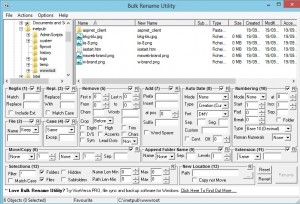Low quality content means, a high percentage of your emails did not get pass the ISP’s spam filters and got sent to spam immediately. ISP means the receiving end, eg. gmail, hotmail, yahoo mail, etc.
Try using this tool to check your spam score: http://www.contactology.com/check_mqs.php
Or this tool (you need to paste in full headers of your email: http://spamcheck.postmarkapp.com/
If you’ve been sending emails to people who did not opt-in to receive your emails, most people will mark your emails as spam. Overtime, you’ll accumulated a high spam score.


 Home
Home